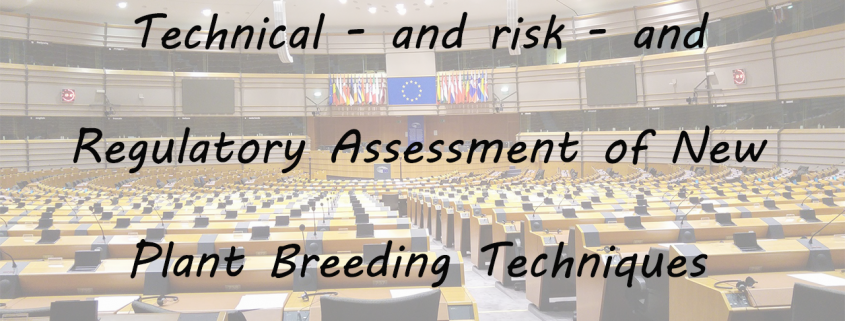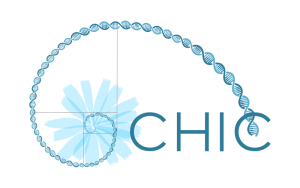Technical, Risk, and Regulatory Assessment of NPBTs Update
CHIC is the Chicory Innovation Consortium. The project’s main objectives are 1) to implement New Plant Breeding Techniques (NPBTs) in chicory in order to establish it as a multipurpose crop for the production of health-related products with clear benefits for consumers, and 2) to develop co-innovation pathways with stakeholders for game-changing technologies, such as NPBTs.
The overall objective of Work Package 4 (WP4) is to address the technical assessment, risk assessment, and regulatory assessment of NPBTs. Specific objectives are:
- To perform technical efficiency analysis of the four conceptually different NPBTs for chicory
- To identify off-target activities (OTA) caused by the application of NPBTs in chicory
- To evaluate possible negative effects of the chicory compounds
- To provide guidance for the risk assessment of NPBTs
- To monitor and compare regulatory regimes concerning NPBTs
Updates
The aims of WP4 are the assessment of technical, regulatory, and safety aspects of the four conceptional different new plant breeding methods used in the project and the chicory plants and substances produced by those plants. This work package is divided into five individual tasks:
- Task 4.1 deals with the efficiency analysis of the four conceptional different NPBTs.
- Task 4.2 focuses on the assessment of Off-targets in the genome-edited chicory plants, both tasks contribute to the technical assessment. During the reporting period a current guide RNA has been used to generate chicory plants which each of the conceptional different NPBTs, plants have been generated for all of them (stable, FLP-system, RNP, and Plasmid delivery). Additionally, also Off-targets for the common guide RNA have been assessed and tested in first screens which need further validation.
- Task 4.3 and 4.5 assess the regulatory aspects of NPBTs, due to the ECJ ruling the risk assessment of products derived by genome editing is currently the same as for GMOs in Europe but discussions are ongoing.
- Regulatory regimes all around the world are working on genome editing or novel legislation to be adapted. In many countries e.g. Russia and India, discussions are still ongoing and opinions are being collected and the first publication on this issue has been released recently.
- Task 4.4. deals with the safety assessment of products derived by genome-edited chicory. During the current reporting period, terpene samples were tested for cytotoxicity using human intestinal epithelial cells. Good progress has been made so far and further improvement will be done in the next period.


 This project has received funding from the EU Horizon 2020 research & innovation programme under grant agreement N. 760891.
This project has received funding from the EU Horizon 2020 research & innovation programme under grant agreement N. 760891.

